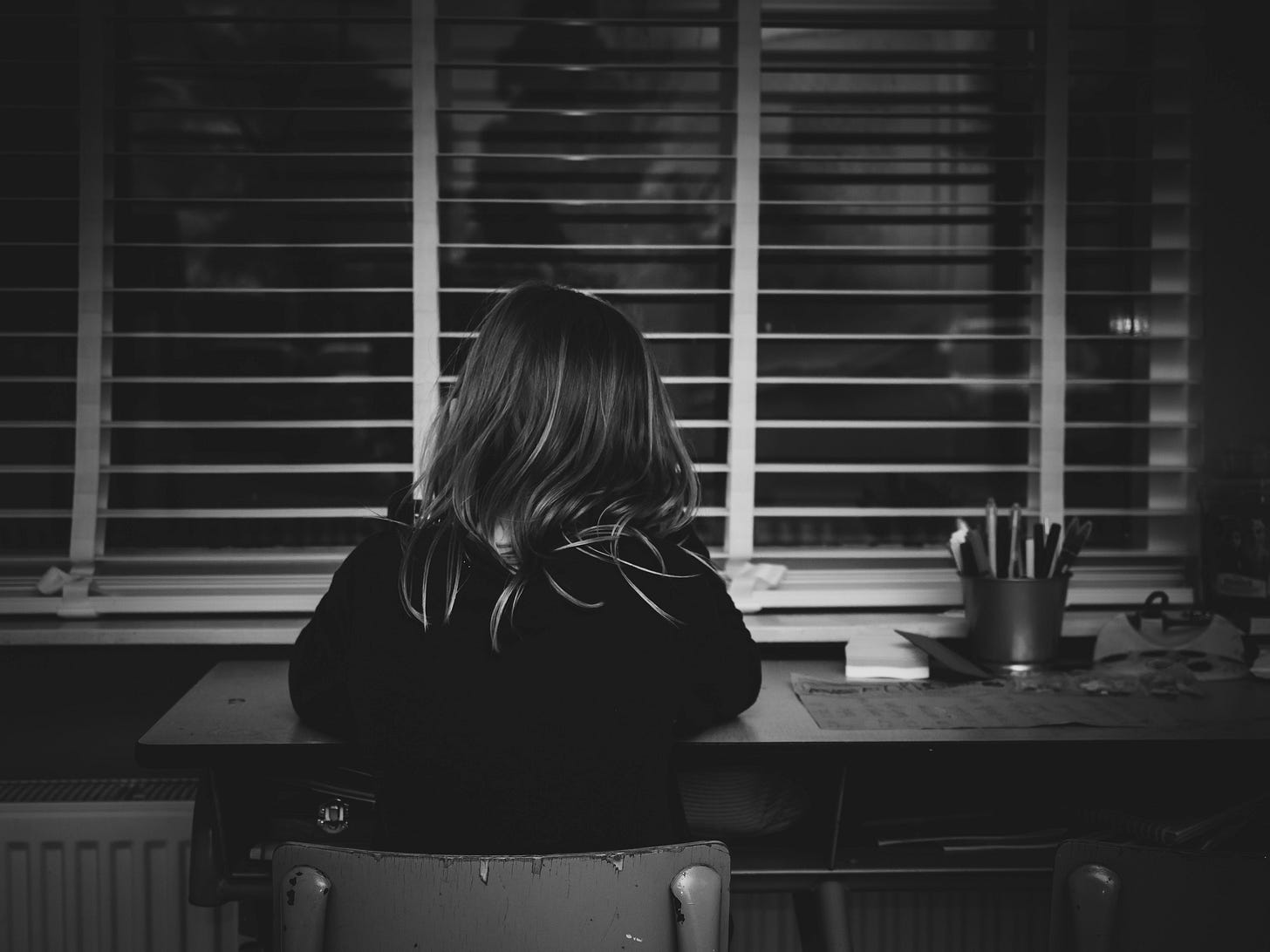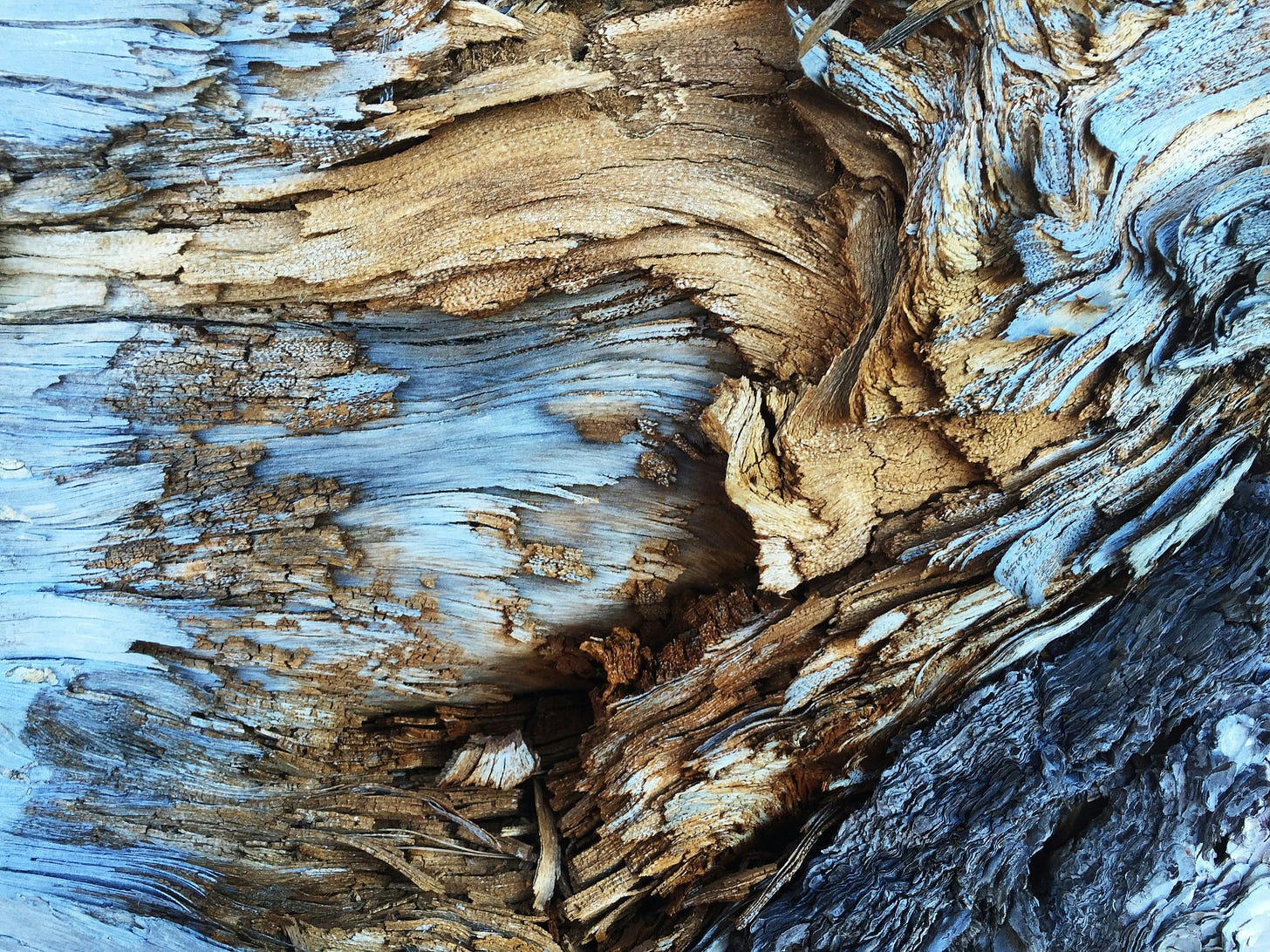My writing colleague
said, in a recent post here on substack, that “there is no dopamine1 in stillness.” Which is an interesting statement to reflect upon in this dopamine driven era. (And as a person who works in the addiction treatment realm.) With no immediate reward firing up the brain, being present and sitting still with nothing but your own thoughts for company? Yikes. That can feel like a tall order. It’s certainly one that many (if not most)2 people, struggle with. It’s a rare thing to see someone just waiting in a waiting room. It’s a rare thing to not pick up a device when there’s a moment of down time. It’s a rare thing to see someone dining alone in a restaurant, much less alone with only their food and thoughts.Being still, being present in the moment, requires staying with our emotions and feelings (and our thoughts about our emotions and feelings3, which are often the cause for wanting to leave the present moment). If you aren’t used to doing that, it’s a real challenge. If you aren’t used to doing that (and instead are accustomed to using substances, or devices, or whatever else takes you away from what you don’t want to feel) it can feel like a tall order to give it a go.
Later in that same article, Thomas Lloyd Qualls goes on to say,
…the here and now can [still be] disappointing.
You can be sad because you are not holding someone’s hand right now. You can be sad because your dog is not here to lay on your lap. You can be sad because you did not get the job or award or promotion that you wanted more than anything, and right now you are having to work somewhere or do something you don’t really like.
{..} Yes, it is an incredibly important tool to learn to be present and to be really aware more of the time. Yes, joy only exists in the here and now. Yes, developing the muscle to be present with everything that is, joy and sadness, is incredibly important. Especially because being present with joy is kind of magic, in that it makes it easier to find more joy. And I completely understand why you are willingly distracted.
Still, maybe think about being here just ten percent more every day. Maybe that is the beginning of the answer.
In Ellie Roscher’s recent article, she invited a friend to take a deeper dive into an emotion that had risen up, to question the texture of the sadness she was experiencing. Taking that cue, you could say, “What is the texture of [tough emotion]? What does it have to say? What loosens when it is allowed to exist without trying to change it or push it aside?
We can turn toward emotions bubbling up and sit with them, giving them a microphone and listen with compassion. We can turn toward our thoughts and watch them arise and fade. In this practice, we remember we are not the sensations, emotions, and thoughts, we are the ones noticing them. When we choose to neither escape nor reach out to grip onto the sensations, emotions, and thoughts, over time we may became able to observe them without judgement.
Maybe that is the beginning of an answer.
Be here now; meaning focus attention on where your body is making contact with whatever is holding you, and tune in to your breathing for the next 30 seconds. Go ahead. I'll wait. Feel the texture of your chair or the ground, how the air touches your skin, the sounds that surround. Inhale ..2...3... Exhale ...2...3... Notice the pause between breaths Inhale ...2....3... Exhale ..2....3.... See if you can slow your heartbeat down just a little bit, allow calm to come closer and sit for awhile with whatever else is here Inhale ...2...3... Exhale ...2....3... Be here now. See? That wasn't so bad. Maybe tomorrow you'll try 40 seconds. Maybe that is the beginning of the answer.
Dopamine is a neurotransmitter that plays an important role in the brain, influencing movement, motivation, reward, and attention. It's known as a "feel-good" hormone and is released in response to pleasurable activities, contributing to feelings of satisfaction. Dopamine also regulates movement and learning, and it can be involved in addiction when individuals crave the dopamine rush from certain activities or substances.
A bold claim, to say “most” …but I was in an waiting room this morning and every single person in it, who was not talking to the receptionist (and…a few of the folks who were talking to the receptionists were, in fact, also looking at their phones), was looking at a phone. So I’m going with the bold, blanket statement for today.







I start with the "here," the same way you do--here I am with ... the things in the room, the rise and fall of my breath, the sensations in my body ... but in order to be here in the "now" I have to slip between emotions and thoughts. Emotions relate to stories which are not here now. But the sensations of emotion, as you described, are fair game because they bring me back to the now: How does my body feel now?
Once I am able to slip into the space between emotions and thoughts, I do actually feel a sense of relief and deep relaxation. It may not be dopamine but it is very rewarding. From this place, entirely new worlds of healing sensation--even deep understanding--may arise from within. Afterwards I often feel rebalanced to the point that I can much better resolve any problematic situations challenging me.
I love that you put a breathing exercise at the end of this!
(Wish I would have thought of that.)
I took the time to do the breathing exercise with your words, btw.
And it totally helped.
:)